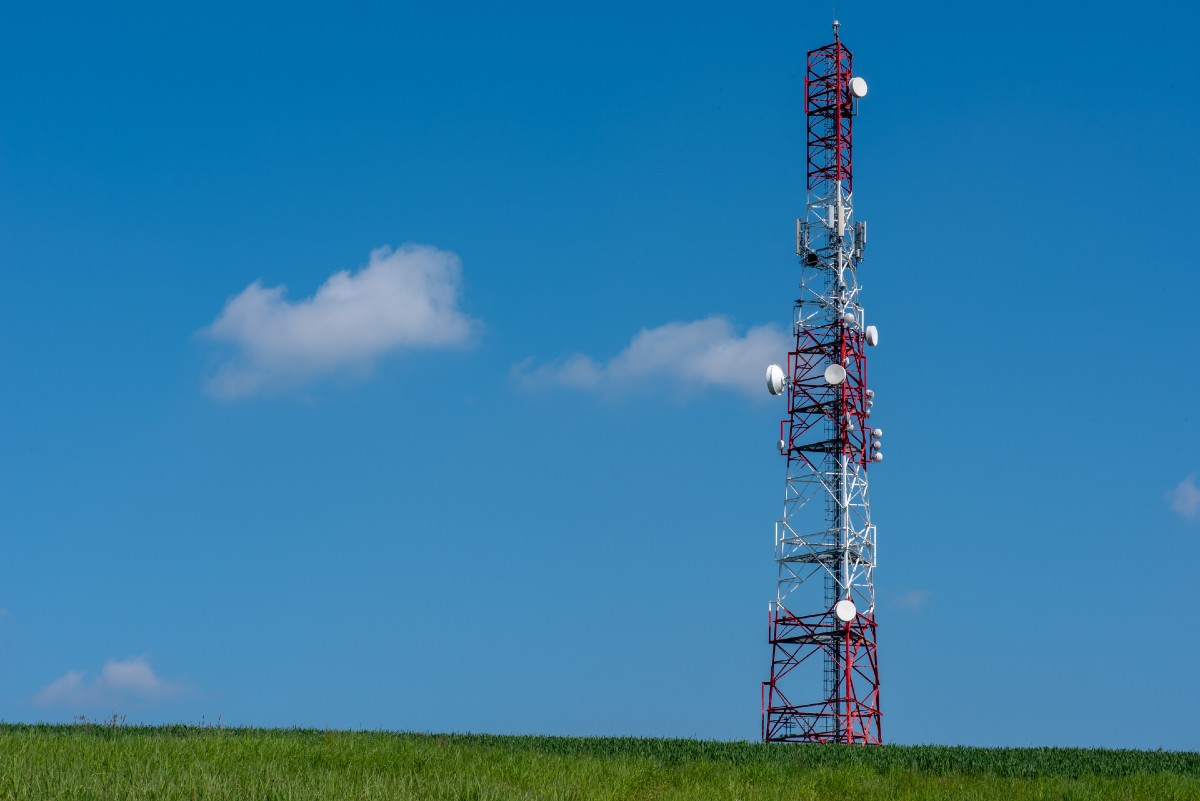If at least 200 MHz of point-to-point mid-band spectrum were made available for fixed wireless, the U.S. could reduce the need to subsidize rural broadband deployments, said Claude Aiken, president and CEO of the Wireless Internet Service Providers Association (WISPA), on a webcast with reporters today.
The recommendation was part of what WISPA is calling a Path to Gigabit plan, which Aiken referred to as a “holistic” approach to making broadband available throughout the U.S.
“Spectrum is a key aspect of our proposal,” Aiken told reporters.
Specific mid-band spectrum bands that could be made available to wireless ISPs include the upper C-band or a portion of the band between 3.1 and 3.5 GHz, he said.
He didn’t specify whether his comments about the 3.1-3.5 GHz band included spectrum targeted for Auction 110 later this year. WISPA has argued that rules for that auction would prevent fixed wireless providers from participating.
“We think a shared coordinated licensed approached would make a lot of sense here,” Aiken said of WISPA’s spectrum policy recommendation. “It would obviate the need for a lot of [subsidies].”
Spectrum policy that would be most beneficial for WISPs would be based on smaller license sizes, Aiken said. Auctioning licenses based on partial economic areas (PEAs) forecloses rural providers from participating in spectrum auctions, he said. The concern is that smaller providers can’t afford such large licenses.
Aiken weighed in on the ongoing debate about whether fixed wireless can support gigabit speeds. It can, he said, “in certain contexts.” He also noted that “Spectrum that WISPA envisions “coming down the pike” could make it easier for fixed wireless to support gigabit speeds.
He questioned the need for symmetrical service, however. Additionally, he questioned whether policy should focus on speeds that people aren’t using today.
WISPA Path to Gigabit
Other elements of the WISPA Path to Gigabit plan include:
- Give priority to communities that have no broadband over upgrades to existing broadband
- Make subsidies technology-neutral
- Allow access to infrastructure for all broadband providers through appropriate rights-of-way and Dig Once policies
- Boost adoption by supporting digital literacy, device access and broadband access- such efforts, Aiken said, can improve the business case for broadband deployments
- Promote a diversity of solutions and providers who can quickly deliver them by providing bidding credits for small local providers
- Eliminate barriers to entry caused by the requirement for providers to obtain eligible telecommunications carrier (ETC) status
- Supercharge the process of updating broadband availability maps before making more major broadband funding decisions
Amid the discussion about the WISPA Path to Gigabit, Aiken side-stepped a question from a reporter about concerns that have been raised about certain WISPs that won rural broadband funding in the Rural Digital Opportunity Fund auction.
He said the association couldn’t speak to “the financial capabilities of any specific company—that’s the FCC’s job to do.”



